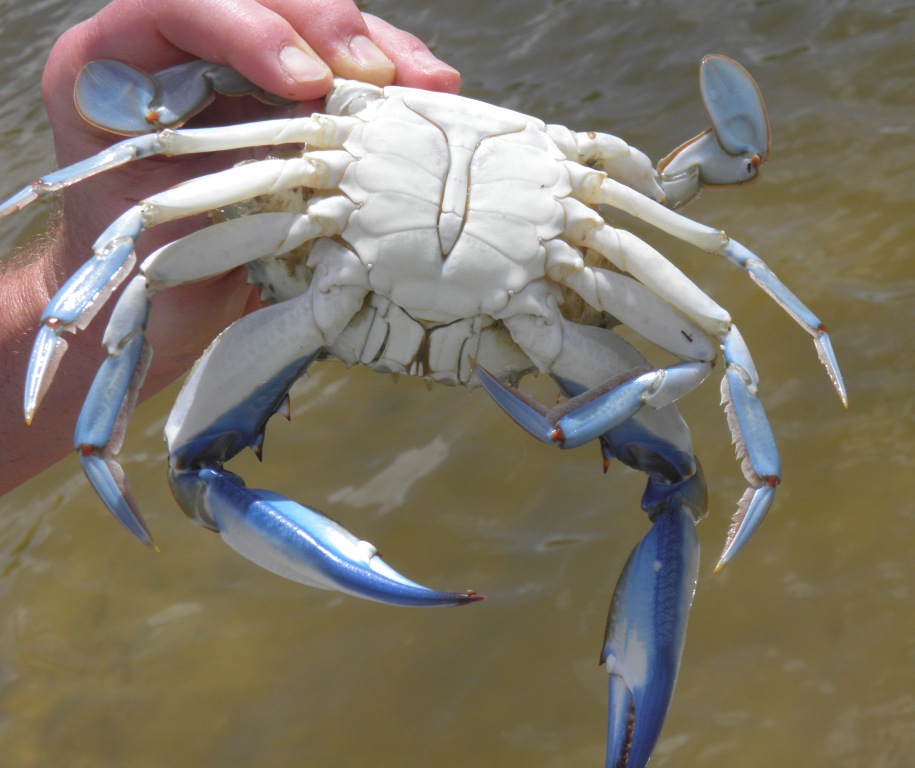
Know how to choose the best crabs for the best seafood cooking experience
One of the most popular shellfish among gourmets, crab is considered a delicacy around the world. In the United States and Canada, many species of crab are available to seafood cooks. Each type of crab has a particular texture and distinctive taste. Dungeness crab is a large, meaty shellfish, blue crab is smaller but flavorful, and king or snow crabs have white meat and a delicate flavor.
Cooks should follow the tips below to ensure that they are purchasing the highest quality shellfish. The first rule, of course, is to always purchase live crabs or steamed ready-to-eat crabs. Never buy lifeless – or dead – crab. A crab that has been kept too long at the market will have a soft belly because it has started to burn through its own reserves, or has started to atrophy.
Where to buy
The best place to purchase crab is a busy seafood specialist. A high rate of turnover ensures that you will get the freshest crabs on the market. Standing in line for seafood is a good thing! Ordering crabs, either live, steamed or frozen, from an online seafood market is an excellent option for shellfish lovers who do not have access to a local fresh seafood market.
Seafood lovers should generally stay away from supermarket crabs. They may be less expensive, but they will have less meat and be less flavorful. Frozen or canned crab is an option if there are no alternatives, and although it has less flavor, either can work well as an ingredient in recipes.
~
Look for crabs that are stored out of water. Live crabs actually only need to be submerged for a couple hours per day; as long as their gills are wet they can survive. Stored out of water, they move around less and burn fewer resources, which means a meatier meal.
Size and Sex
Seafood lovers know that purchasing male crabs is the eco-friendly choice. The over-harvesting of female crabs has led to depopulation in many areas.
It is easy to tell the difference in sex: a male has a longer, narrow center plate on its belly, and the female has a wide, oval or triangular plate. Males also have blue tips on their claws, whereas females have red tips.
Select specimens that are at least 5-1/2 inches wide, from point to point. Larger is better, yielding more meat. Price is also determined by the size of the shellfish: a six-inch or wider crab is more expensive because you get more meat.
Freshness
Like all seafood, shellfish and crustaceans at market should have no smell, often described as a “neutral” odor. Any hint of ammonia is a warning sign that the catch is no longer fresh.
Listlessness, black spots, barnacles or other obvious defects are a sign that the crab is dying.
Heed the old saying, “If it ain’t kickin’ it ain’t worth cookin’.”
Maturity
The meatiest crustacean is one that is near the end of its current life cycle, approaching another molt. The shell should be at its hardest, and filled with flesh, not water. The best way to tell the maturity of a crab is to judge the age of the shell. The claws will have less distinct mottling and the “teeth” of the larger right claw – the crushing claw – will be worn and flattened. Look for marks, scratches and “battle marks.” An immature crab will have a bright, shiny shell surface and sharp claw teeth.
Press the segments on the belly with your finger. A freshly molted crab – with more water inside the shell than flesh – will have flat segments, a clean bluish surface and soft spots. Maturity is indicated by a rust-tinged or yellowish surface, bulging segments and firmness.
Storing
Live crabs should be cooked and served within two days. Do not cook them if they die. Frozen crab should be defrosted or cooked from frozen, according to your recipe and the instructions from the seafood purveyor. Canned crab should be used as soon as it is opened.
Never store dead crabs, or defrost and then refreeze crabmeat.

